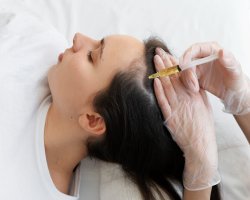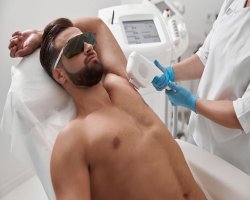How To Spot And Stop Gonorrhoea

It is estimated that around 1 in 10 people under the age of 25 in the UK suffer from Gonorrhoea, but remarkably few of these people seek the treatment they need to regain full health. It is, however, relatively easy to spot common gonorrhoea symptoms and find treatment of this sexually transmitted condition.
If the signs of gonorrhoea are left untreated, the long-term implications can be severe. In men and women alike, gonorrhoea can cause complications in the reproductive organs, ultimately leading to infertility. In addition, meningitis can lead to other, more serious infections including meningitis and septicaemia.
If you suspect that you may have gonorrhoea, it is important to identify the key gonorrhoea symptoms immediately and find appropriate treatment.
Pain Or Burning Whilst Urinating
One regularly encountered gonorrhoea symptom is pain or a burning sensation when attempting to pass urine. This discomfort occurs in both men and women, although there are also some other specific areas that may experience similar pain.
For women, pain whilst urinating is often accompanied by ongoing pain in the lower abdomen. For men, pain may be felt as a persistent ache in the testicles.
Discharge From The Penis Or Vagina
As with most sexually transmitted infections (STIs), discharge is a very common gonorrhoea symptom. In fact, this discharge occurs as part of the body’s natural attempt to rid itself of the bacteria that causes the illness to occur.
In the case of gonorrhoea specifically, discharge is often green or yellow in colour. Whilst discharge from the tip of the penis, vagina or anus is not necessarily a gonorrhoea symptom, it is a definite sign that some form of infection has occurred.
Heavier Periods or Irregular Bleeding
In the case of women suffering from gonorrhoea, it is possible to encounter unpredictable bleeding from the vagina. This may range from a persistent bleed outside of an expected period to light spotting which can easily go undetected. Irregular bleeding most often occurs during or after sexual intercourse and will usually be accompanied by at least one other symptom.
In addition, a sudden change in the nature of periods can be another one of the common gonorrhoea symptoms. Periods can become unusually heavy and uncomfortable, even if they occur at their usual time of the month.
Swelling Of The Foreskin
For men suffering from gonorrhoea symptoms, the foreskin may become irritated. Uncomfortable, itchy or sore foreskin is a frequent gonorrhoea symptom and can make retracting the foreskin more difficult. This makes it harder to clean the genitals correctly and can acerbate the infection significantly.
Treating Gonorrhoea Symptoms
The most common gonorrhoea symptoms are embarrassing, unsightly and irritating – but the long-term consequences of untreated gonorrhoea can be devastating.
If you suspect that you are suffering from gonorrhoea, or if you spot one or more of the symptoms listed above, you should seek a reliable form of treatment to stop gonorrhoea before it worsens. Most commonly, you will be prescribed Ciprofloxacin, an antibiotic medicine that is taken as one very powerful dose. This helps your body to fully defeat the infection as quickly as possible.
Of course, as with all sexually transmitted illnesses, the best treatment is prevention. Only by using barrier protection such as a condom can you truly be confident that you can enjoy a healthy sex life without the fear of developing the full range of gonorrhoea symptoms.










